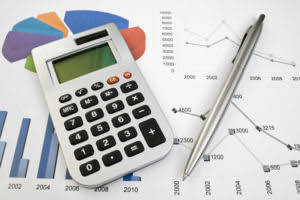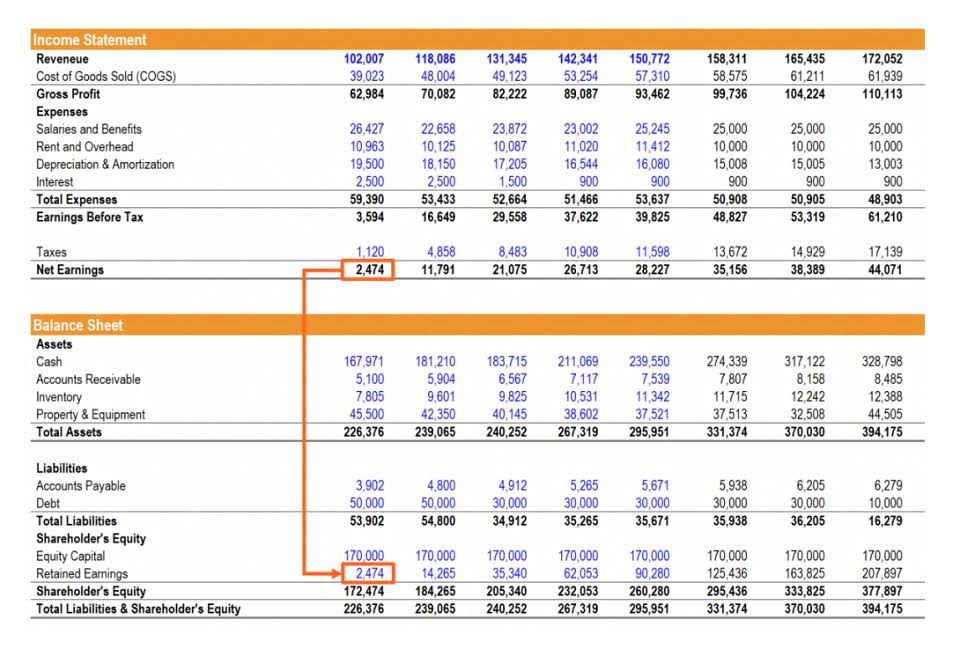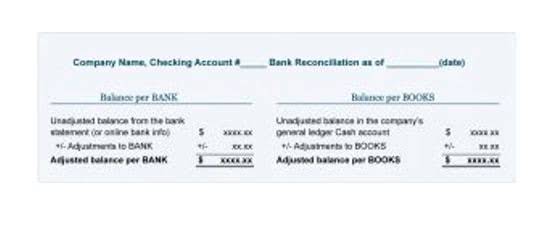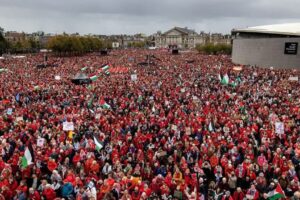
Remember that these components interact dynamically, and a holistic approach is essential for accurate conversion cost analysis. Sometimes individuals become managers due to their knowledge of the production process but not necessarily the costs. Managers can view this information on the importance of identifying prime and conversion costs from Investopedia, a resource for managers. Car Dealership Accounting In the Peep-making process, the direct materials of sugar, corn syrup, gelatin, color, and packaging materials are added at the beginning of steps 1, 2, and 5. While the fully automated production does not need direct labor, it does need indirect labor in each step to ensure the machines are operating properly and to perform inspections (step 4).
Q3. How can a company manage and reduce conversion costs?
- It is the direct labor plus any manufacturing overheads needed to convert raw materials into a finished product.
- This information is invaluable for setting prices, making production decisions, and analyzing cost structures within a business.
- During a month, Company B has a total cost of $55,000 in direct labor and $66,000 in factory overhead costs.
- Sometimes individuals become managers due to their knowledge of the production process but not necessarily the costs.
- By understanding how it compares to other cost metrics, organizations can make informed decisions to enhance profitability and competitiveness.
- The table below highlights the key differences between conversion costs and prime costs.
You see which of your campaigns have the lowest cost per conversion, preferably compared to high values for those conversions, and focus your efforts and budget on them. Remember that you can define conversion however you want, conversion costs such as the number of sales and number of operating leverage dol formula + calculator signups for your email list. The following are some of the most commonly used conversion metrics when assessing conversion cost. Each has its own example of how you would assess conversions with your given definition for the conversions.

How do You Calculate Prime Cost?
You should also follow best practices for testing, such as having a clear hypothesis, choosing a representative sample size, and running the test for a sufficient duration. Suppose a company reports a net income of $150,000 for the year, and its average total asset value over the same period is $1.2 million. In this case, the company’s return on assets would be 12.5% ($150,000 / $1,200,000). This ROA percentage indicates that the company can unearned revenue yield a 12.5% return on its assets, demonstrating its effectiveness in converting its investments into profits. They play a vital role in financial reporting, budgeting, and management accounting, providing a systematic and quantitative approach to understanding an entity’s financial health and operations.

Why TranZact’s Digital Document Management System is Right for Your Business?

Therefore, manufacturers should ensure that the data is accurate, complete, consistent, and timely. They should use appropriate tools and techniques to gather, store, process, and analyze the data, such as enterprise resource planning (ERP) systems, accounting software, and statistical methods. If you are an accountant or finance manager, then knowing the conversion costs can help you accurately measure the production estimates.

2 Food Production
- Understanding the financial health of a company is crucial for investors, lenders, and even…
- The expenses incurred in transforming raw materials into completed products are known as conversion costs.
- Thus, each cost concept provides a somewhat different view of the costs incurred to create products, though both concepts include the cost of direct labor.
- By monitoring and controlling the cost of conversion, manufacturers can ensure that the finished goods meet the quality standards and specifications of the customers.
- By conducting a detailed analysis, companies can pinpoint areas of inefficiency or cost overruns and implement strategies to improve cost control and optimize the production process.
- It also explores how conversion costs differ from other cost classifications and how businesses use them for operational and strategic purposes.
In this example, the total conversion cost for producing 100 widgets amounts to $800. Regular maintenance of equipment can reduce repair costs and downtime, improving overhead efficiency. Investing in technology and automation can reduce labor costs and improve efficiency.
- One such unit is called the ‘conversion costs’ and it refers to the expenses incurred in turning raw materials into inventory that is sellable.
- Tangible components—such as raw materials—that are needed to create a finished product are included in direct materials.
- Therefore, once the batch of sticks gets to the second process—the packaging department—it already has costs attached to it.
- On the other hand, conversion costs are all manufacturing costs other than direct materials cost.
- Prime costs are the direct labor and direct materials costs incurred to build a product.





